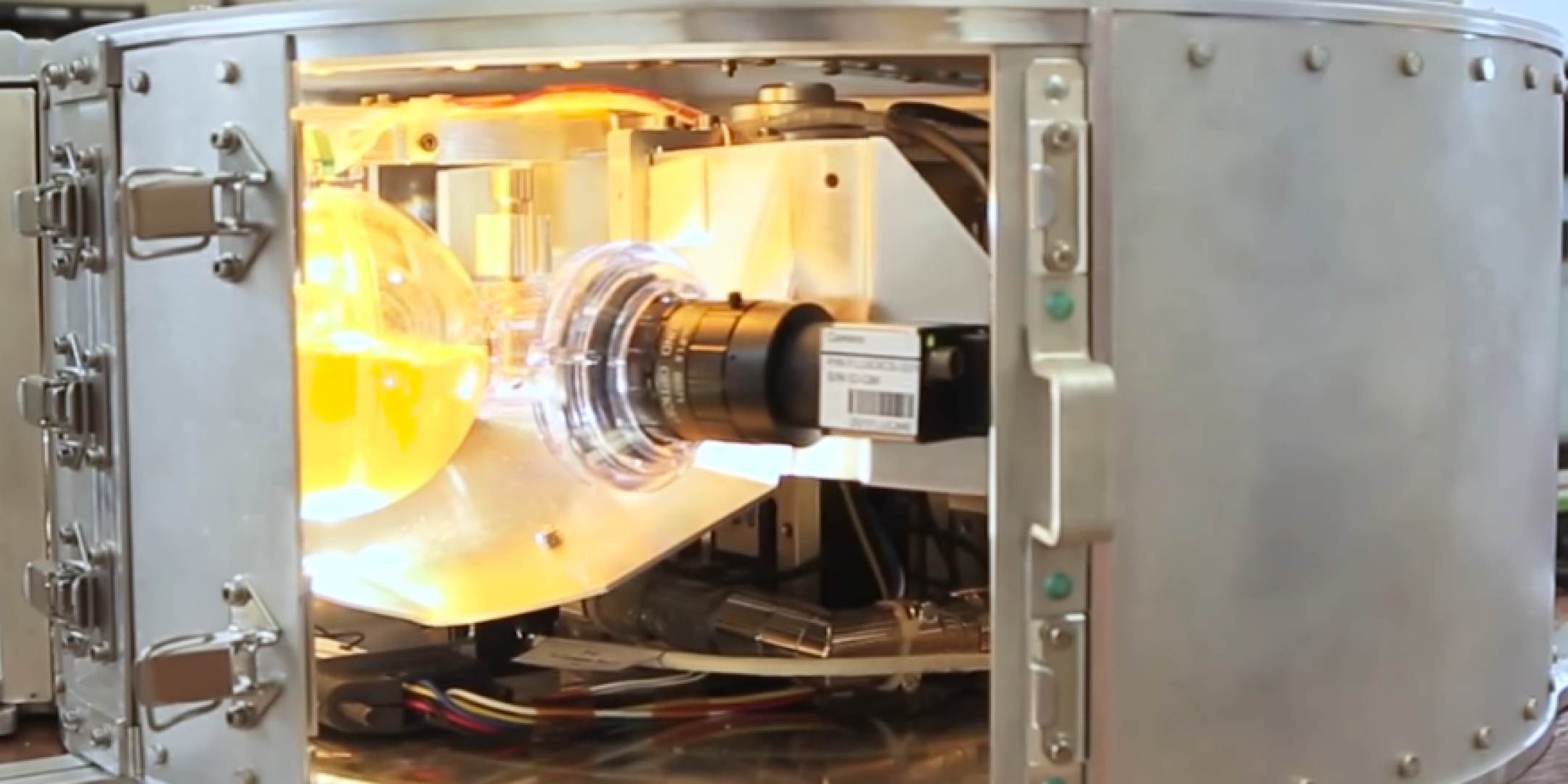Of the 21 experiments steered by CADMOS (the https://fscience-old.originis.fr/wp-content/uploads/2023/06/GLOC_Oslo_Norway_S2_27juillet2022_web-2-1.jpg centre for the development of microgravity applications and space operations) and conducted by Thomas Pesquet, Fluidics is especially significant in helping us understand how oceans work, and in particular the occurrence of ‘rogue waves’.
Many of the experiments conducted by Thomas Pesquet on board this unique research outpost— the International Space Station—support the development of human space exploration. One such is the Fluidics experiment, conducted from 2 May, to help control the movement of fuel on board spacecraft. Fluids move around during satellite and launcher manoeuvres in space and impact the precision of satellite management, which is why we need to understand them better. In microgravity, fuel forms ‘bubbles’ that move around in the cylindrical tanks. Fluidics will improve our understanding of these phenomena.
Fluidics therefore includes two types of physics experiment relating to fluid mechanics. The first, devoted to the aerospace industry, is on the sloshing effect of liquid inside spacecraft fuel tanks in a microgravity setting. The aim is to improve the steering and precision of spacecraft and especially of satellites, and to extend their working lives via better fuel management.
The second type of experiment involves the study of wave turbulence phenomena at the surface of a liquid. Wave turbulence refers to the disordered movements at a liquid surface, such as ocean surface waves, resulting from conflict between the source of movement and the restoring forces. On Earth, these restoring forces are linked on the one hand to gravity and on the other to surface tension. By observing this phenomenon in microgravity, scientists—in particular, those at France’s prestigious Ecole Normale Supérieure who are at the cutting edge of this research—can focus solely on surface tension.
Apart from boosting our understanding of fluid movement, the experiment will also help us to better understand how the oceans work and in particular the occurrence of ‘rogue waves’. The awaited results could help improve our climate prediction systems and optimize our use of renewable ocean energy. https://fscience-old.originis.fr/wp-content/uploads/2023/06/GLOC_Oslo_Norway_S2_27juillet2022_web-2-1.jpg and Airbus Defence and Space have worked together closely on this experiment, which subjected three transparent spheres to forces inside a centrifuge turning at different speeds and frequencies. Two cameras filmed the fluids on a constant basis, both in movement and at rest, while the effects of the movements were precisely measured using sensors. The experiment results will be analyzed and compared with digital simulation models.








